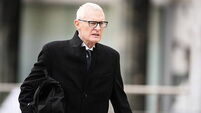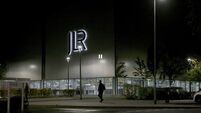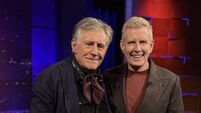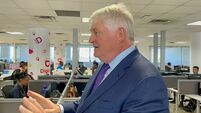Fall of Berlin Wall: Discontent is evident once again, 30 years on

The people’s revolutions of 1989 were not the unalloyed success for the cause of freedom and democracy that was claimed for them at the time, writes
No one in 1989 was more surprised by the breath-taking speed of the East European communist regimes’ collapse than the man most responsible for this astonishing turn of events — the reforming Soviet president, Mikhail Gorbachev.
















